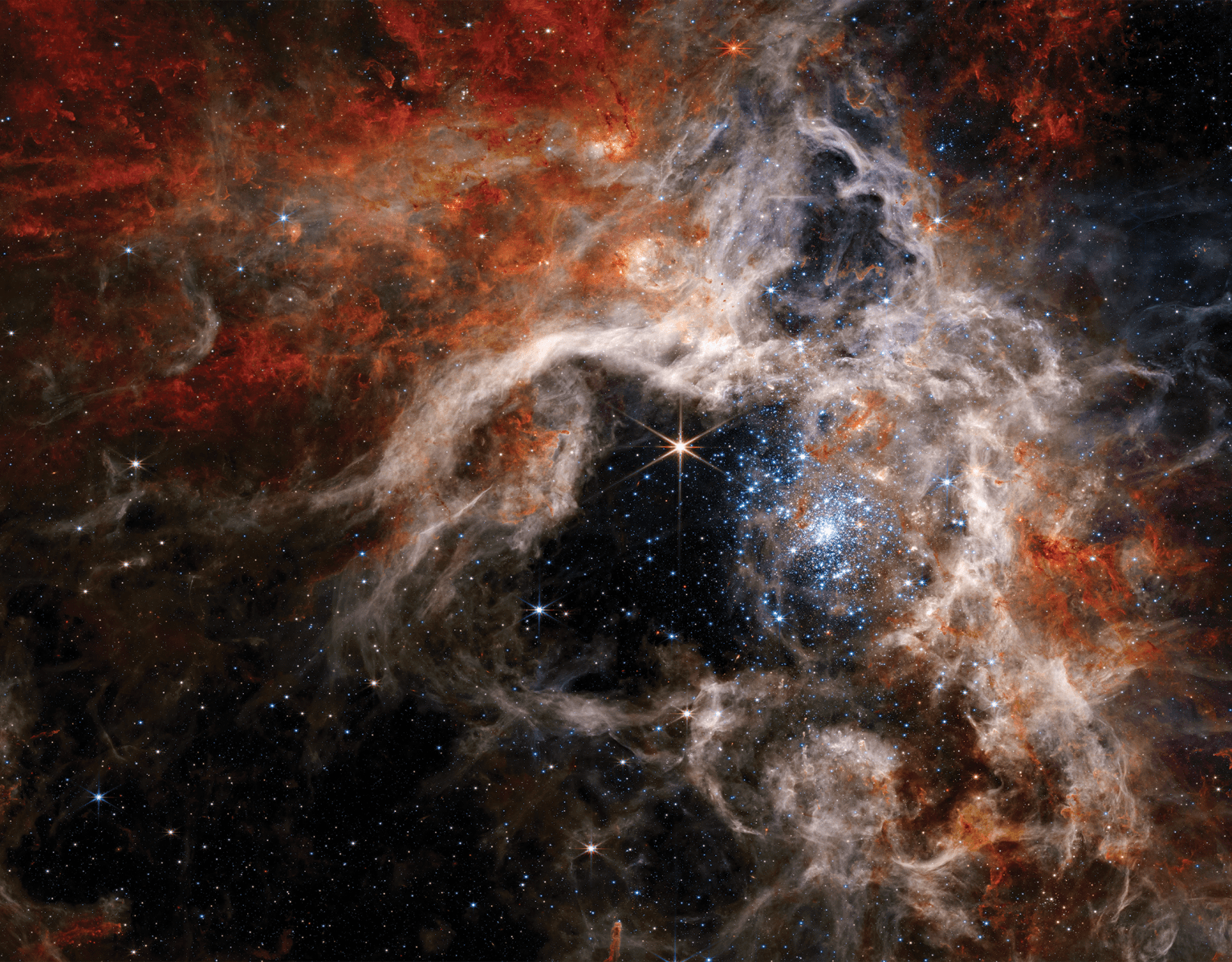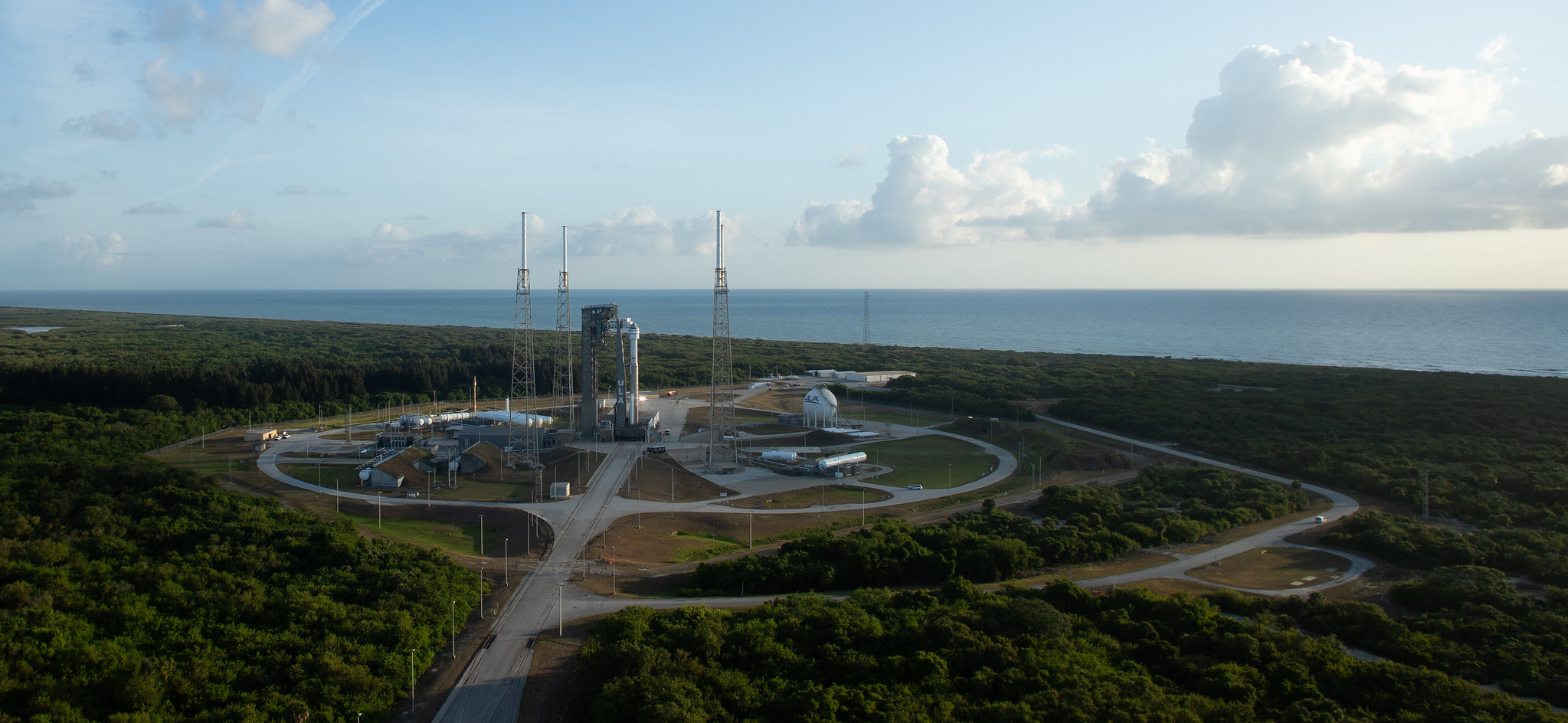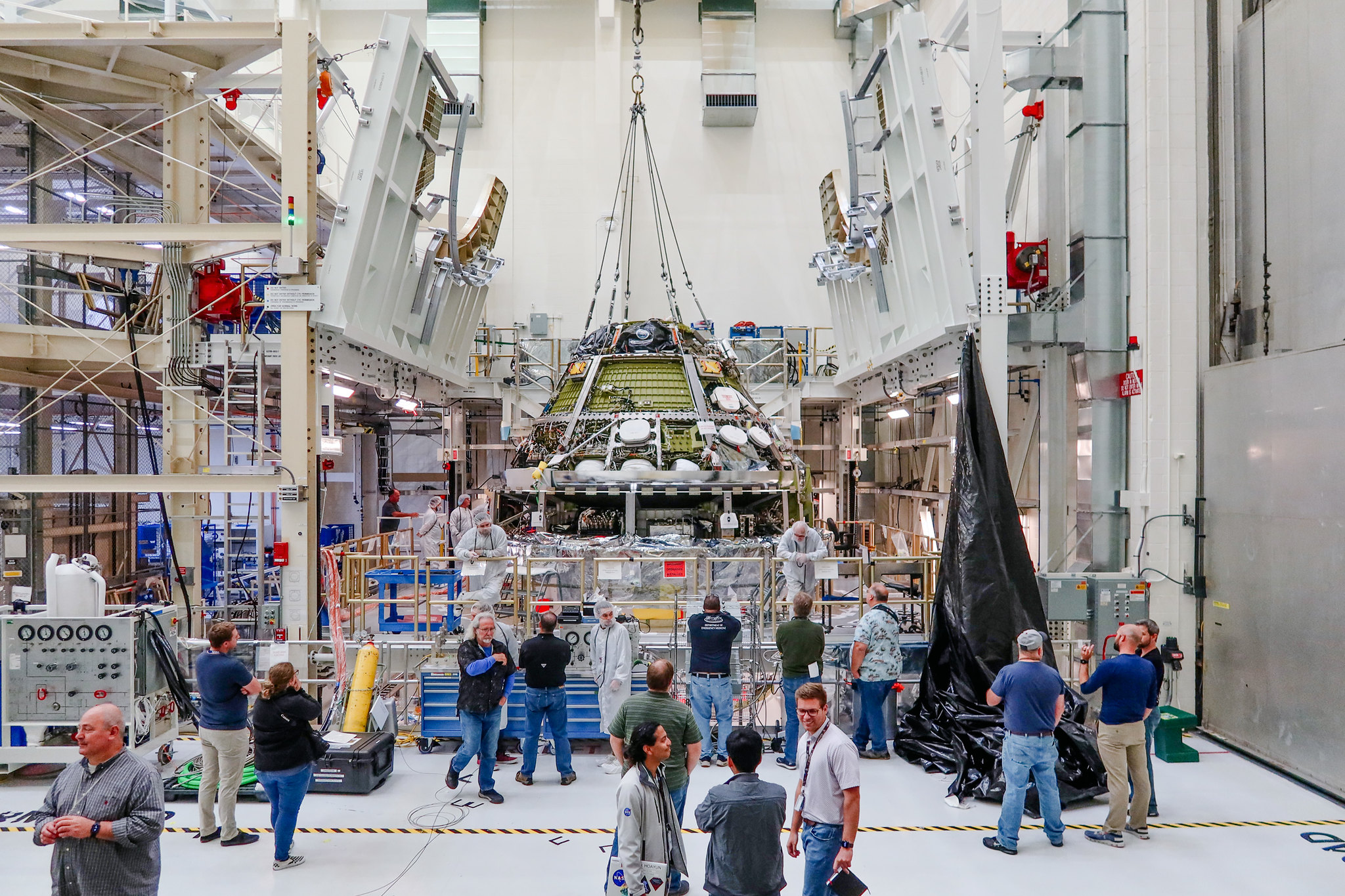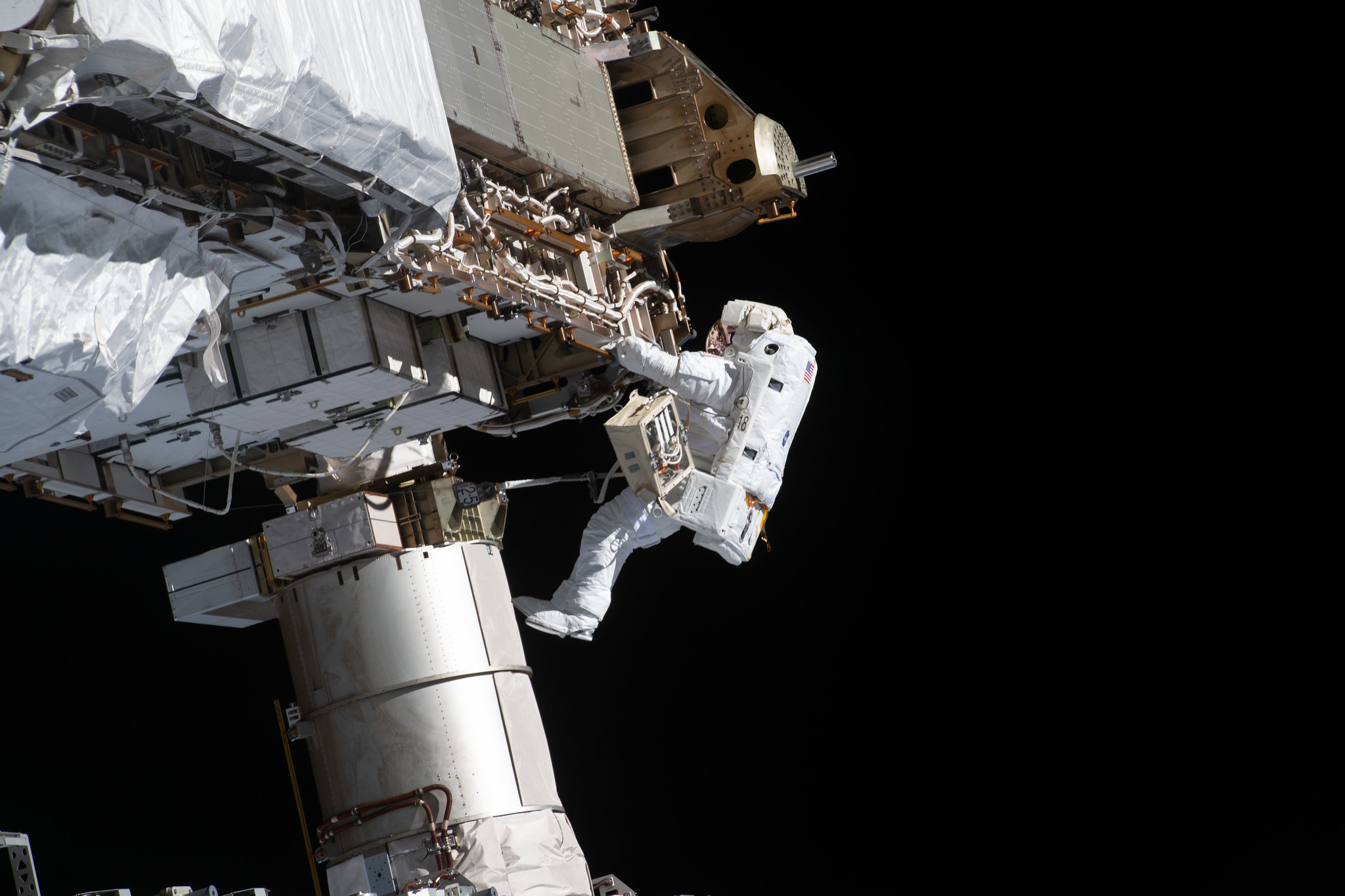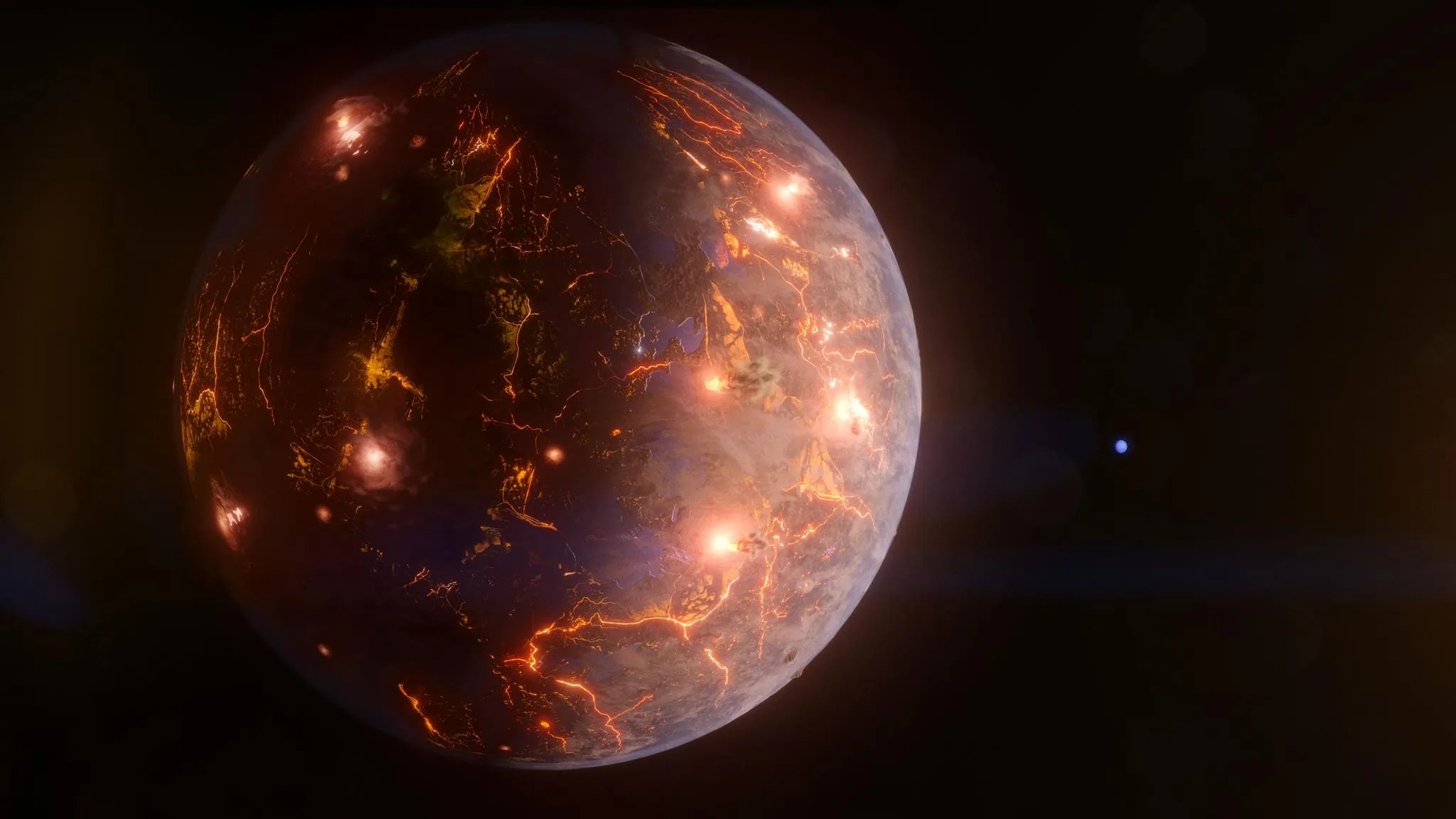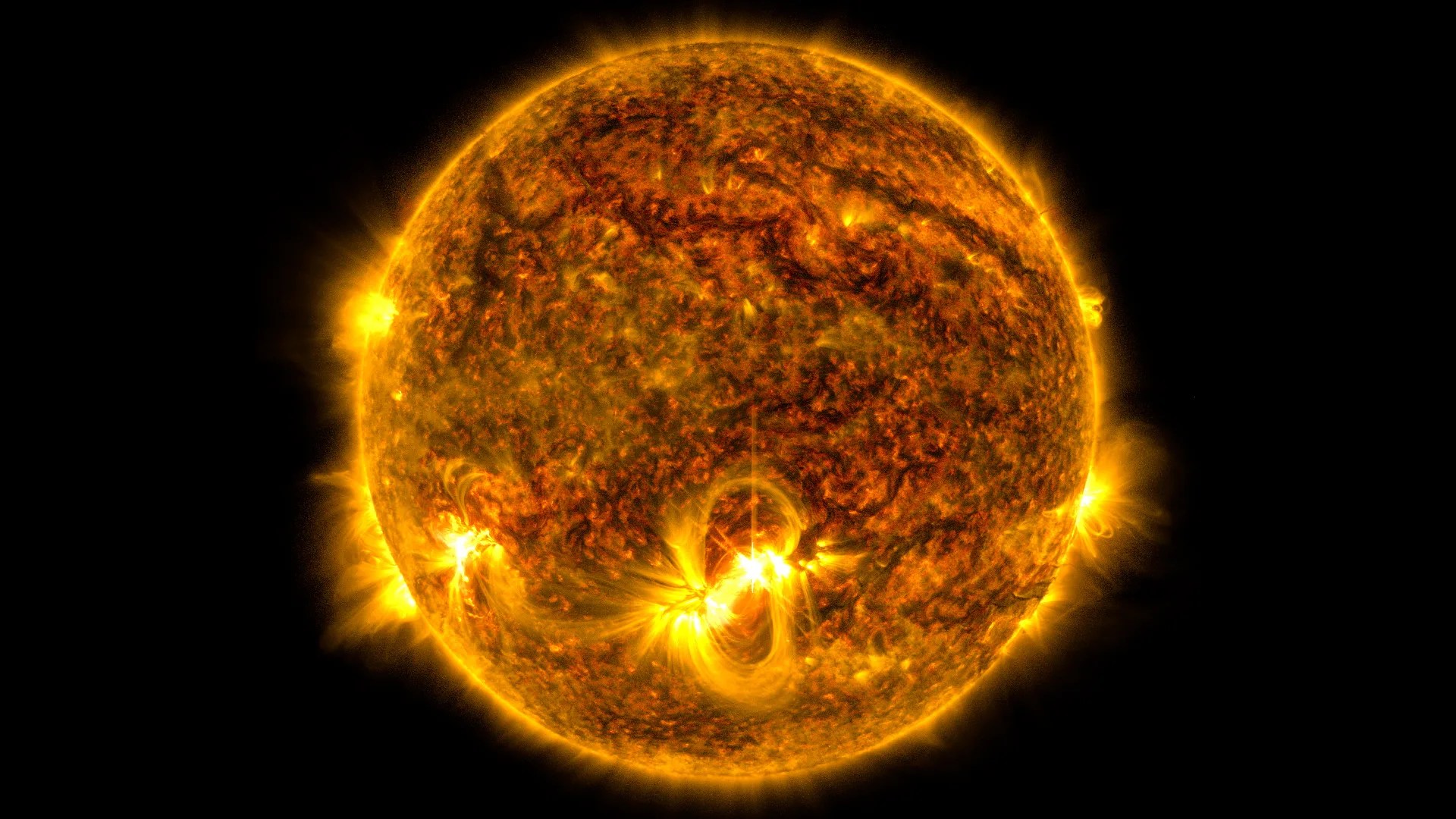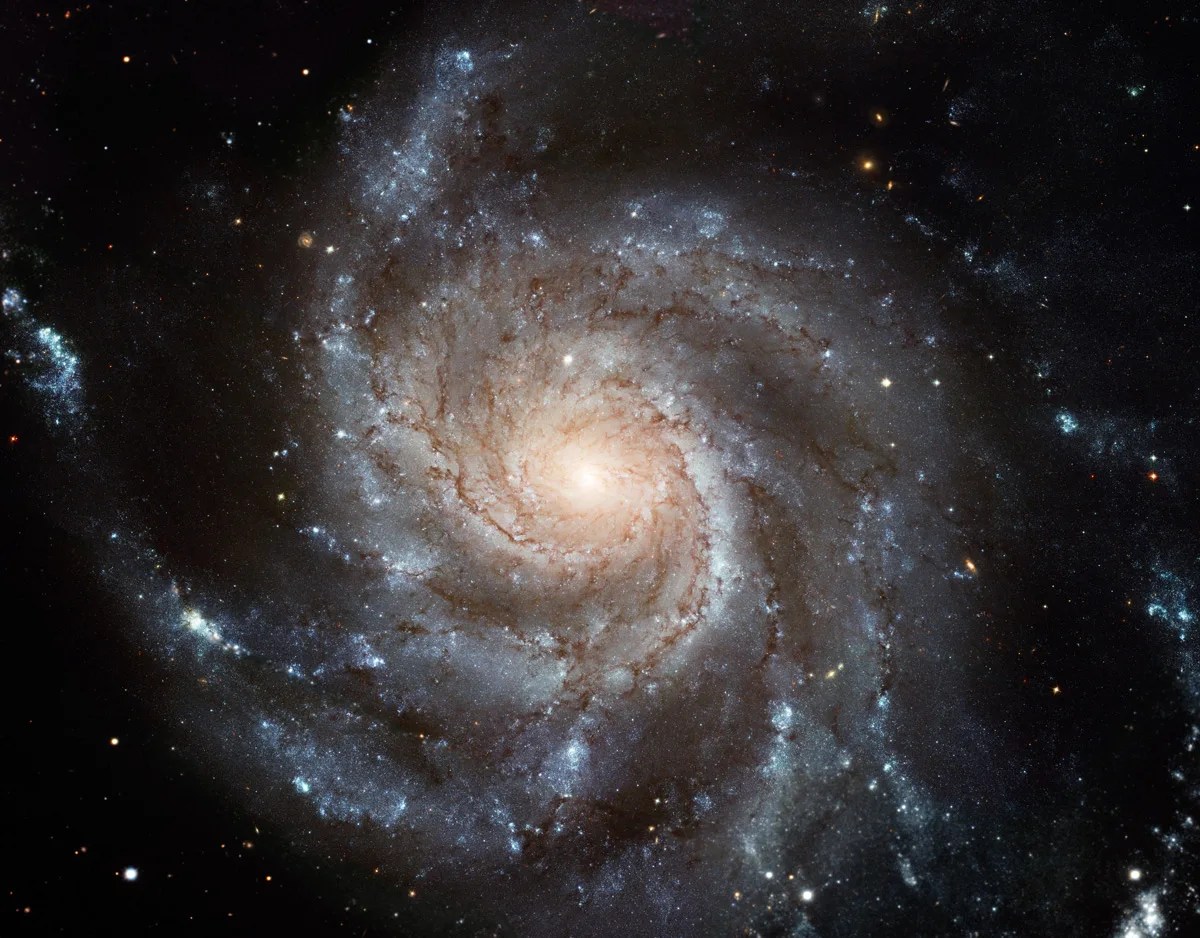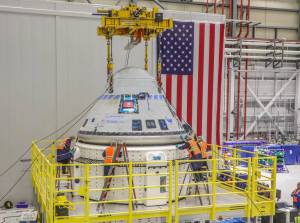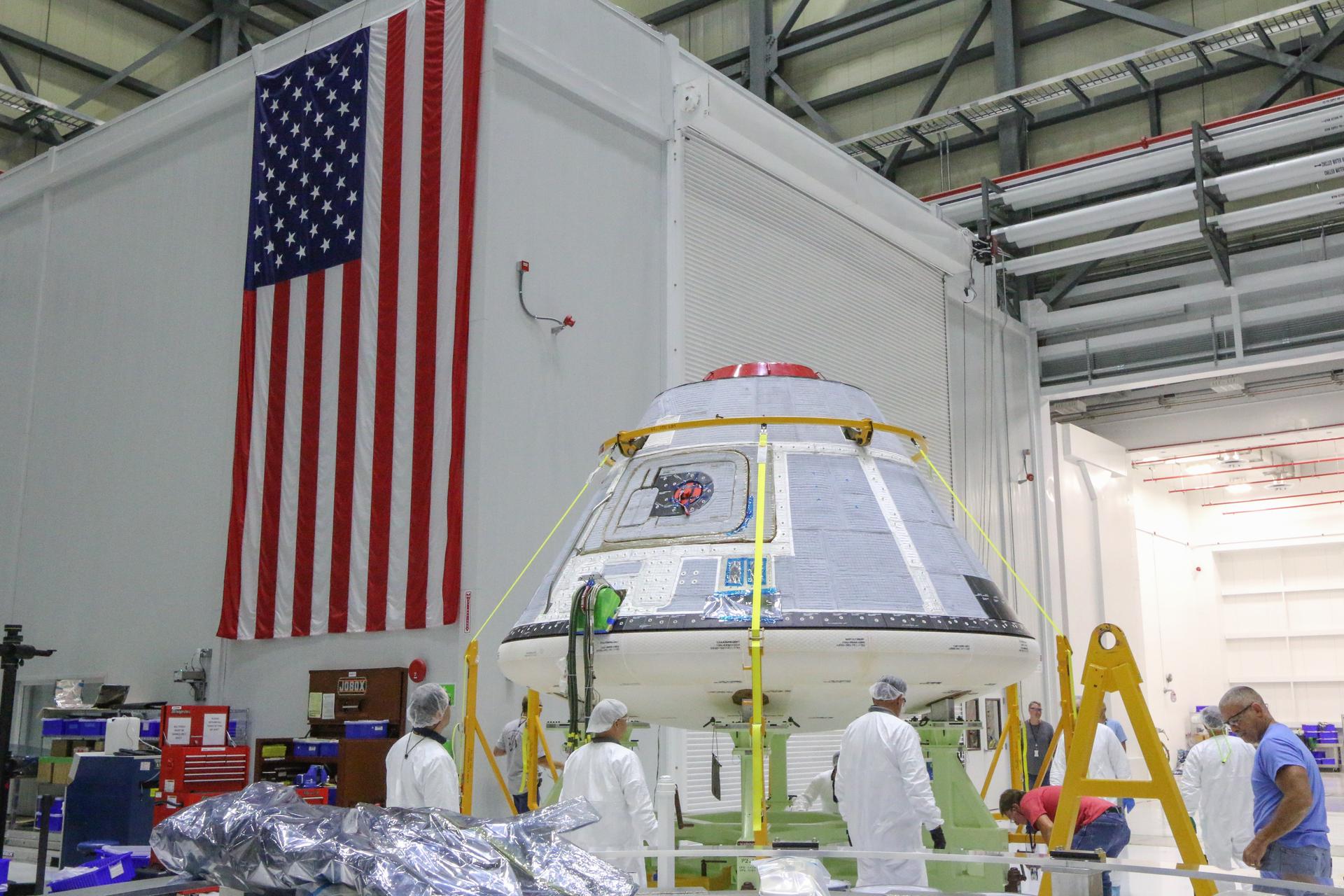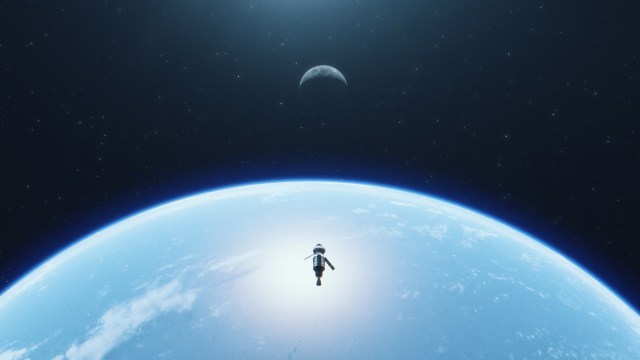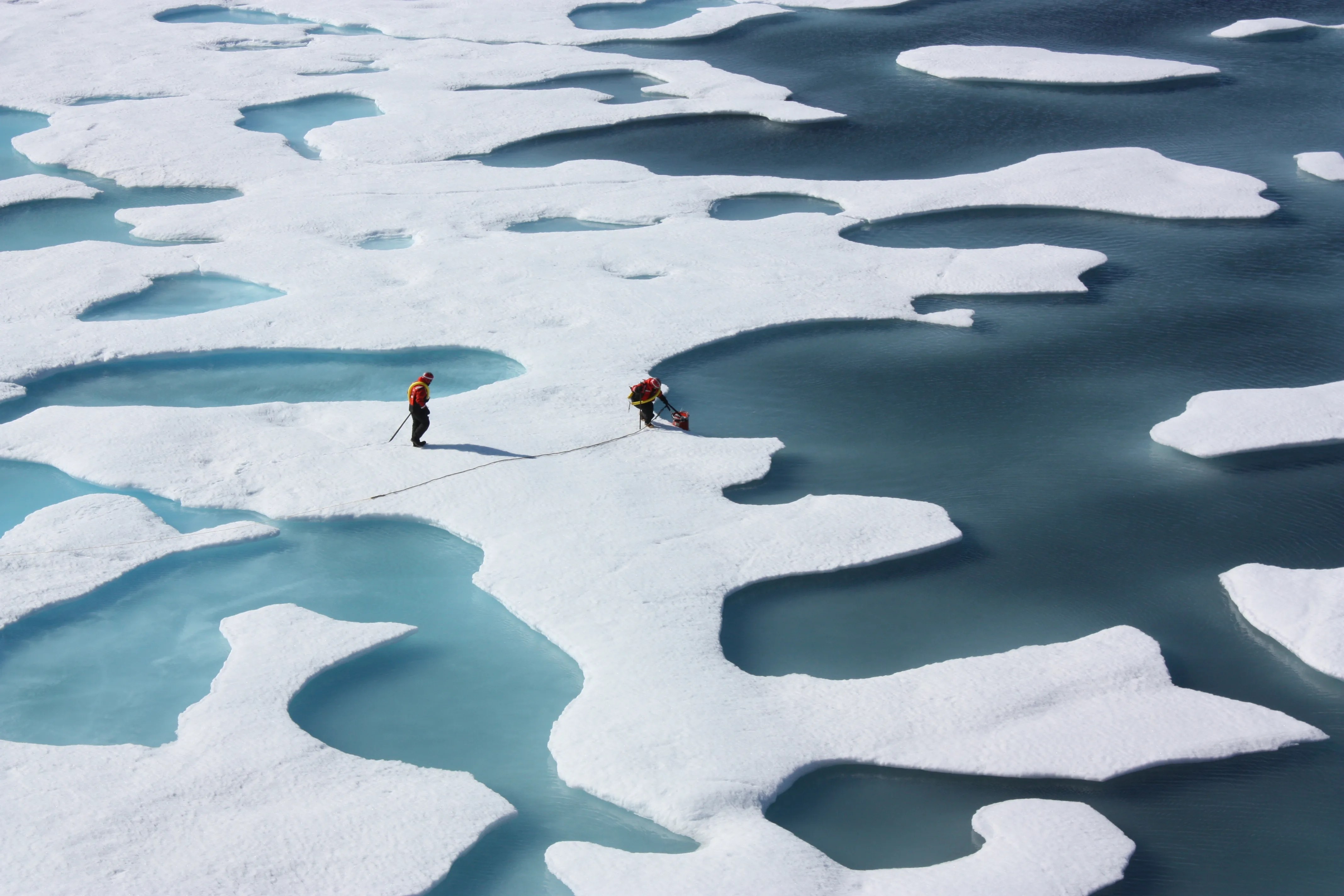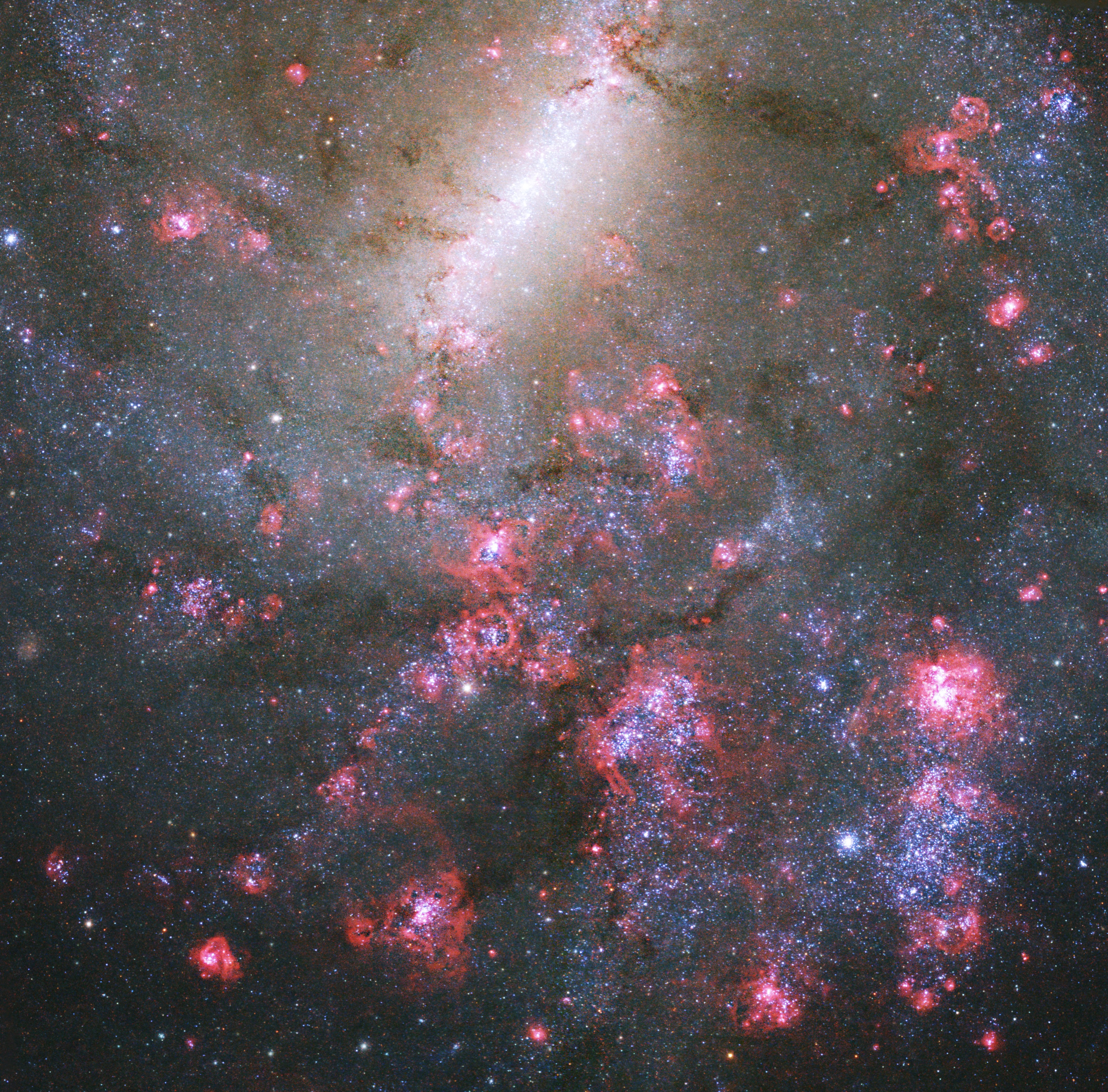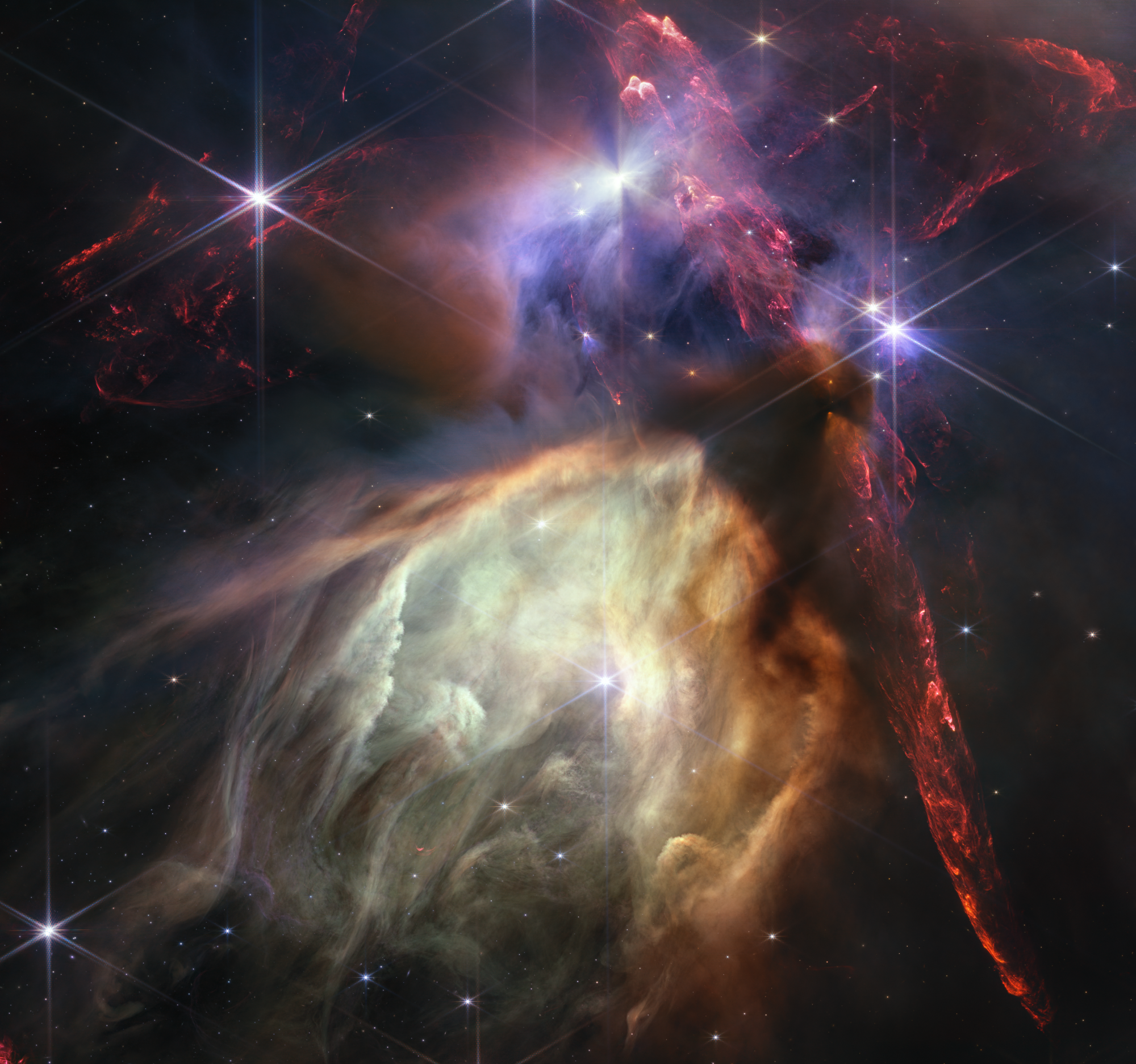Featured News

NASA, European Space Agency Unite to Land Europe’s Rover on Mars

NASA’s X-59 Passes Milestone Toward Safe First Flight

Asian-American and Native Hawaiian Pacific Islander Heritage Month

What’s Up: May 2024 Skywatching Tips from NASA
An Earth-Sized World and Its Ultra-Cool Star
An international team using robotic telescopes around the world recently spotted an Earth-sized planet orbiting an ultra-cool red dwarf, the dimmest and longest-lived of stars. When the universe grows cold and dark, these will be the last stars burning.
Learn More about An Earth-Sized World and Its Ultra-Cool Star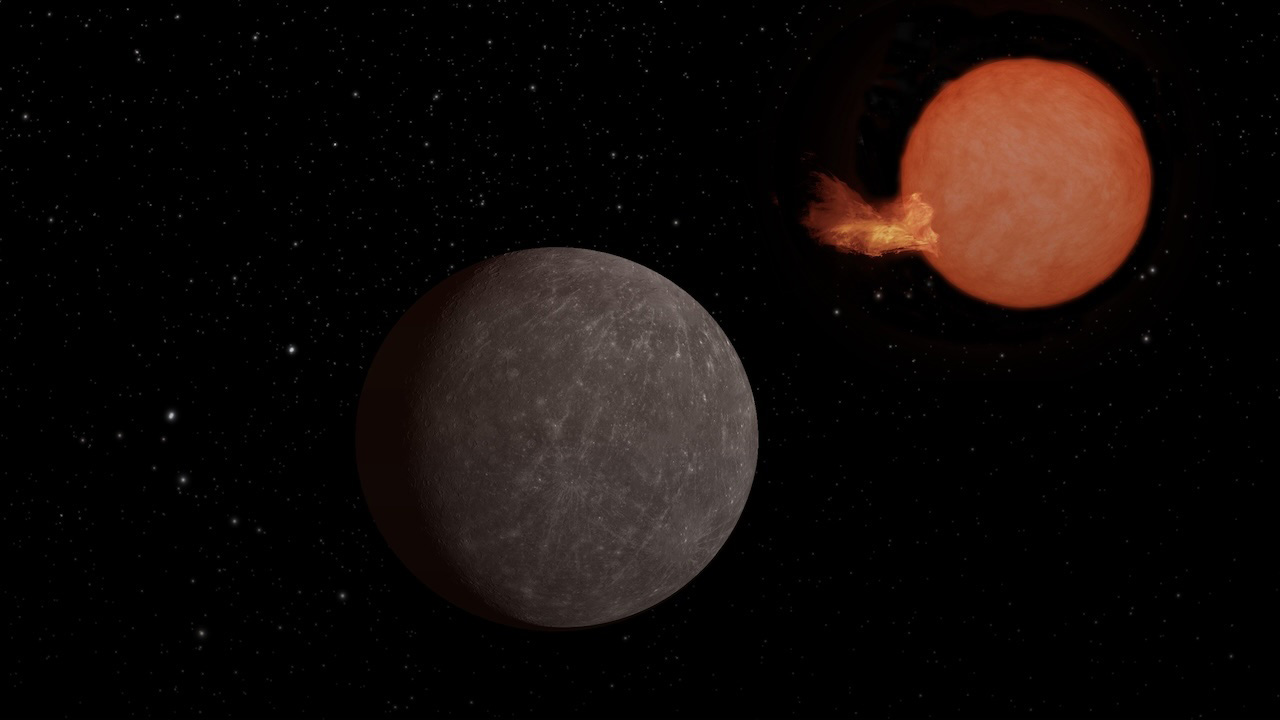
Welcome to the Universe
Earth Information Center
For more than 50 years, NASA satellites have provided data on Earth's land, water, air, temperature, and climate. NASA's Earth Information Center allows visitors to see how our planet is changing in six key areas: sea level rise and coastal impacts, health and air quality, wildfires, greenhouse gases, sustainable energy, and agriculture.
Start Exploring about Earth Information Center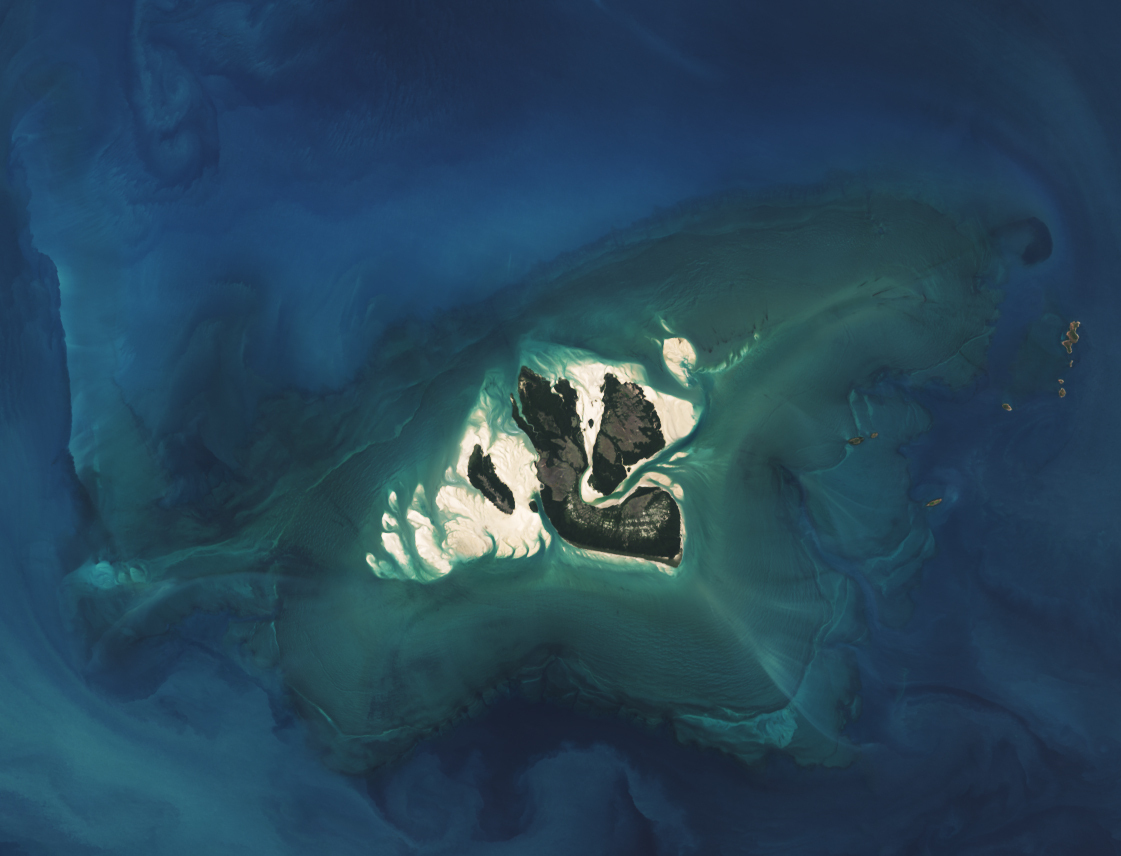
Today
Image Of The Day
Readying Apollo 10 for Launch
Nighttime, ground-level view of the Apollo 10 space vehicle on Pad B, Launch Complex 39, Kennedy Space Center. This photograph of the 363-feet tall Apollo/Saturn V stack was taken during pull back of the mobile service structure. The Apollo 10 crew was astronauts Thomas P. Stafford, John W. Young, and Eugene A. Cernan.
More NASA Images
Explore the Universe from your Inbox
Stay up-to-date on the latest news from NASA–from Earth to the Moon, the Solar System and beyond.
We will never share your email address.
